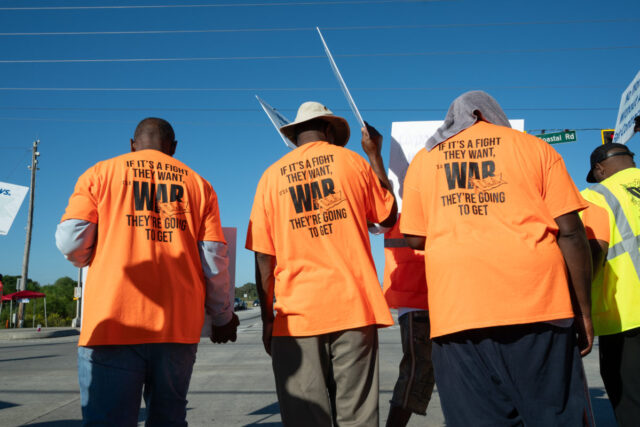U.S. hiring advanced at the slowest pace since 2020 in October, while the unemployment rate remained at a low level in a month distorted by severe hurricanes and a major strike.
Nonfarm payrolls grew by 12,000 jobs last month, following a downward revision from the previous two months. The unemployment rate remained at 4.1% and hourly earnings remained firm, according to numbers released this Friday (1st) by the United States Bureau of Labor Statistics.
The official said the hurricanes likely affected payrolls in some sectors, but said it was not possible to quantify the net effect on the monthly change in national estimates of employment, hours or earnings. They noted that the collection rate for the business survey reporting these statistics was “well below average.” The BLS also said there was no noticeable effect on the national unemployment rate.
Economists had warned that the Boeing strike and the two strong hurricanes – Helene and Milton – that hit the southeastern US in late September and early October would have a more negative impact on the payroll number than on the survey. which reports the unemployment rate. As a result, payroll estimates varied widely, from a decline of 10,000 workers to a gain of 180,000.
READ MORE: With strike at Boeing, global plane shortage could worsen
The jobs report is the last major data point on the U.S. economy ahead of next week’s Federal Reserve meeting and the Nov. 5 presidential election, a race in which the issue has consistently been voters’ top concern. Other figures this week showed the economy grew at a strong pace in the third quarter, driven by solid consumer spending, while inflation rose in September.
With a number of caveats to weigh, economists and policymakers are unlikely to get much out of the report and will instead look to other data that shows the job market is gradually cooling.






